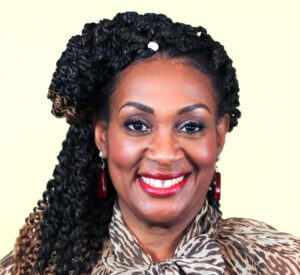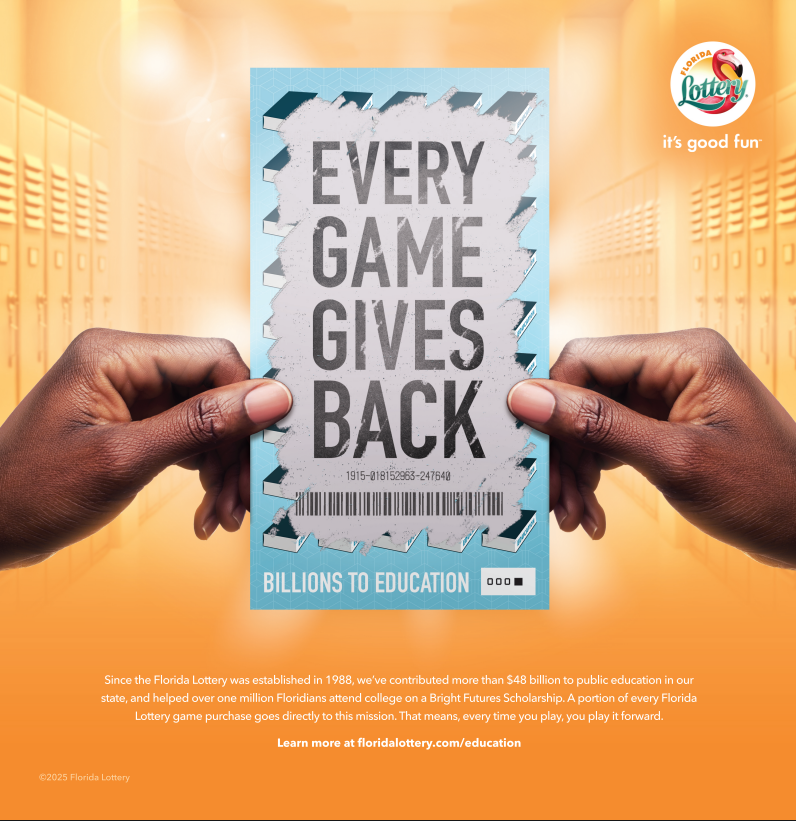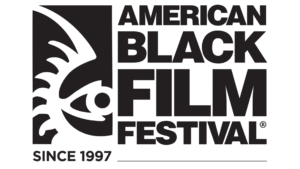 BY DR. SUZANNE MORRISON-WILLIAMS
BY DR. SUZANNE MORRISON-WILLIAMS
What is a library today? Is it still that quiet place tucked away on campus, filled with shelves of books and the soft rustle of turning pages? Is it a refuge for students trying to meet a midnight deadline or take a break from the chaos of campus life? Is it simply a digital database students must navigate solo, hoping they find the right information? Maybe it is something far more powerful—an evolving ecosystem where technology, critical thinking, and academic curiosity converge?
The truth is that libraries—and librarians—have never stopped evolving. Once overlooked buildings, libraries have grown into vibrant, inclusive hubs of knowledge, culture, and community. They have always been gateways to information, but now, they must also be portals to digital literacy, AI fluency, and lifelong learning.
Today, we exist in one of the most information-rich societies in history. Yet, the paradox is that while information is abundant, navigating it effectively has become more complex than ever. For many students, the issue is no longer about finding information—it’s about understanding what they’ve found, knowing how to use it, and determining whether it’s even credible.
The fact is that in today’s digital landscape, misinformation spreads faster than facts. Libraries, and the experts who run them, are critical in helping students navigate this maze of half-truths, clickbait, and alternative narratives. Librarians teach learners how to evaluate sources, question biases, and uncover truth; skills more vital now than ever in shaping informed, responsible citizens.
At LIRN (Library and Information Resources Network), we work with hundreds of educational institutions and support thousands of students every year—from traditional universities to trade schools and career-focused colleges. As we look ahead to 2025 and beyond, we’re witnessing a clear shift in how students interact with library tools and services.
Many of today’s students, shaped by the ease and speed of generative AI like ChatGPT, expect instant answers. They see the “chat with a librarian” function and assume it works like any other chatbot. While this assumption might just seem like a sign of the times, it raises important questions: Are we doing enough to teach our students how to think critically, evaluate sources, and seek deeper meaning? Are we equipping them with the skills to ask better questions, and not just get faster answers?
Librarians are not only information providers, but they are also educators, researchers, and problem-solvers. They work across every sector of higher education: supporting first-generation students at community colleges, guiding scholars at research universities, assisting future healthcare professionals at allied health institutes, and helping students in skilled trades and technical programs navigate industry-relevant resources.
As artificial intelligence reshapes how we access and engage with information, libraries must be dynamic, inclusive spaces that reflect the realities of modern learners and the technologies that define their world. For when we invest in libraries, we are not just preserving tradition, we are empowering transformation.






